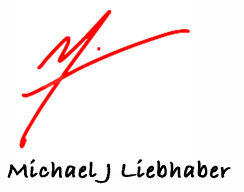-
I’m back … with Frankenstein!
I’m finally back in the drawing and painting mode. Saturday was a beautiful day so I hiked to Frankenstein Castle.…
-
Clouds, pigs, and mountains that look like camels.
Iconic Camelback Mountain in Scottsdale, Arizona. It’s the highest peak in the Phoenix Mountain range. It’s also proof that people,…
-
A winter view of Piestewa Peak
Piestewa Peak, 2608 feet (795 meters), second highest peak in the Phoenix Mountains. Its name honors Lori Ann Piestewa, the…
-
Refreshed by a dirt road
Going nuts with work. Grab sketch gear. Grab water. Drive to end of earth. Okay, maybe not THE end, but…
-
Surrounded by coyotes
I have spent lots of days and nights (easily 200+) in the desert around this mountain when I worked as…
-
Edwin Dickinson – Cool Landscapes
I love Edwin Dickinson’s landscapes. He ‘s categorized as an Early American modernist (with Marsden Hartley, Georgia O’Keeffe, Thomas Cole, and…

